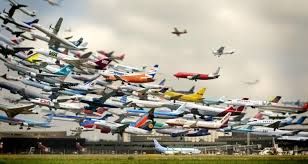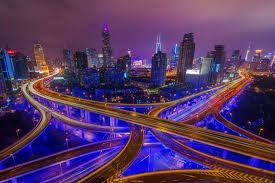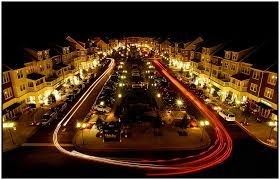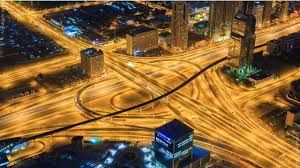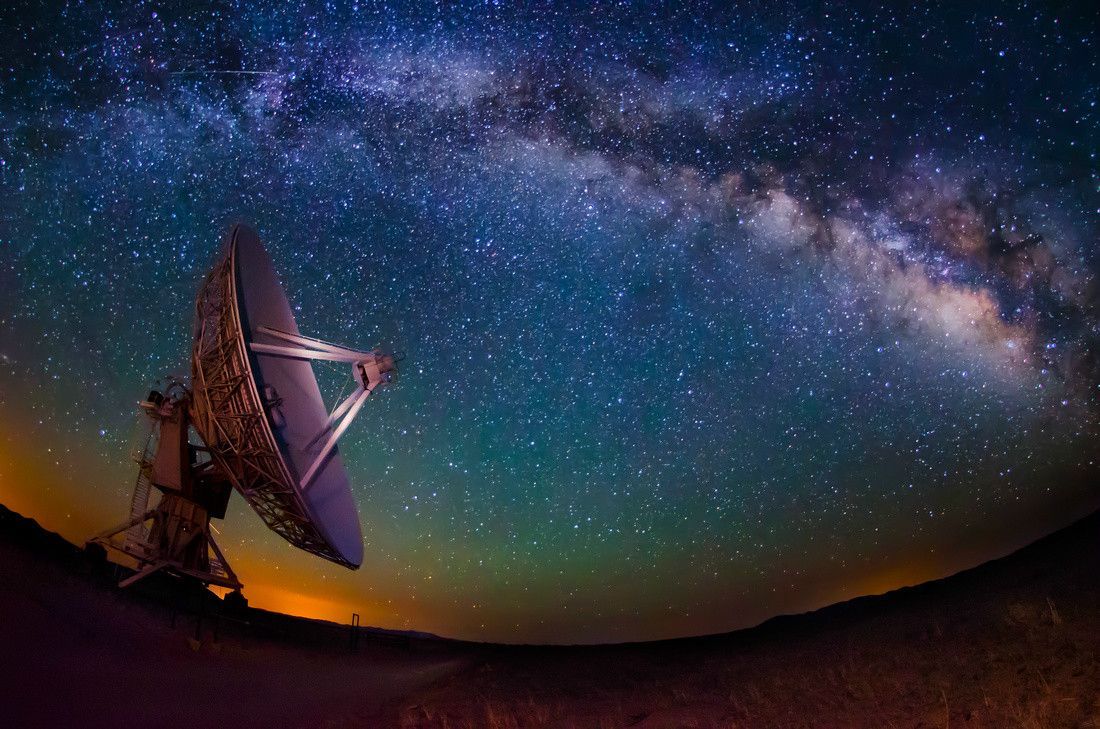If you happened to stumble across an image that has captured a city perfectly – the skyline, the hustle and the bustle of daily life as well as the activities that become the heart of the place – the picture remains with you for a long while – as you try to comprehend the feelings that it evokes.
Time lapse photography – for all those who are not well versed with photography terminology- is the type of photography where the frame rate is much lower than that used to view it (ie. When viewed in a normal speed, time moves faster). In short, it is the opposite of slow motion. It has a long history – beginning way back (in the 1890s) – starting from photographing a race horse to win a bet to becoming an art form.
Time lapse, has been used to capture a varied range of activities – but usually those that are very subtle to the naked eye. Classic examples of time-lapse photography is the movement of the sky (stars, planets, moon or clouds), plants (germination, growing, blooming of flowers), evolution of a construction project, movement in a city (crowds, traffic etc). It creates a smooth impression of motion – where the subject of the photograph is distorted into a blitz of movement.
Over the years, the development in photography has brought forth a type of photography that is able to represent the essence of a place in its entirety. The movement, caught between the lens, tells a beautiful tale about the movement of pedestrian and vehicles in between the streets of every city. The image, spins a story, unique to the area where it was taken – the buildings in the background, subtle and serene, while the animate part of the place, creating a blur of excitement.
Every picture, leaves you with awe, as you comprehend and understand that the quintessence of it lies in the capturing of a vibrant moment in a still medium.
Courtesy of Rob Whitworth
Courtesy of Rob Whitworth
Courtesy of Rob Whitworth
Courtesy of Rob Whitworth
Courtesy of Rob Whitworth
by Aishwarya Pai


